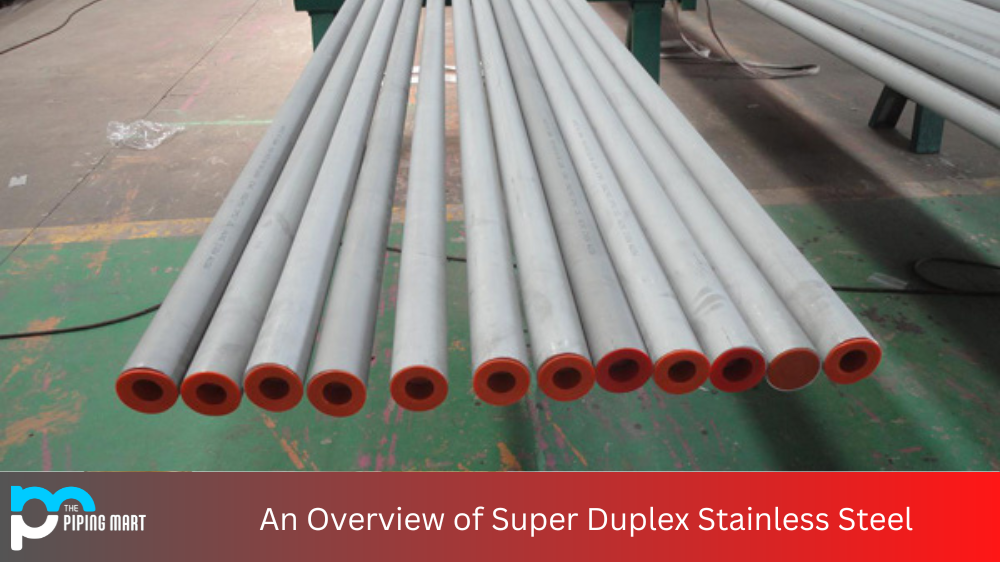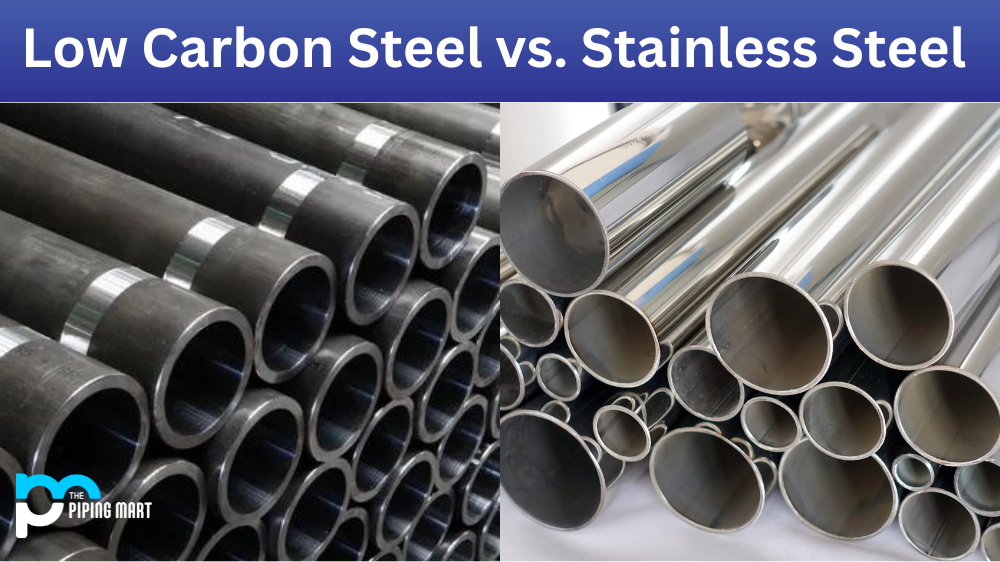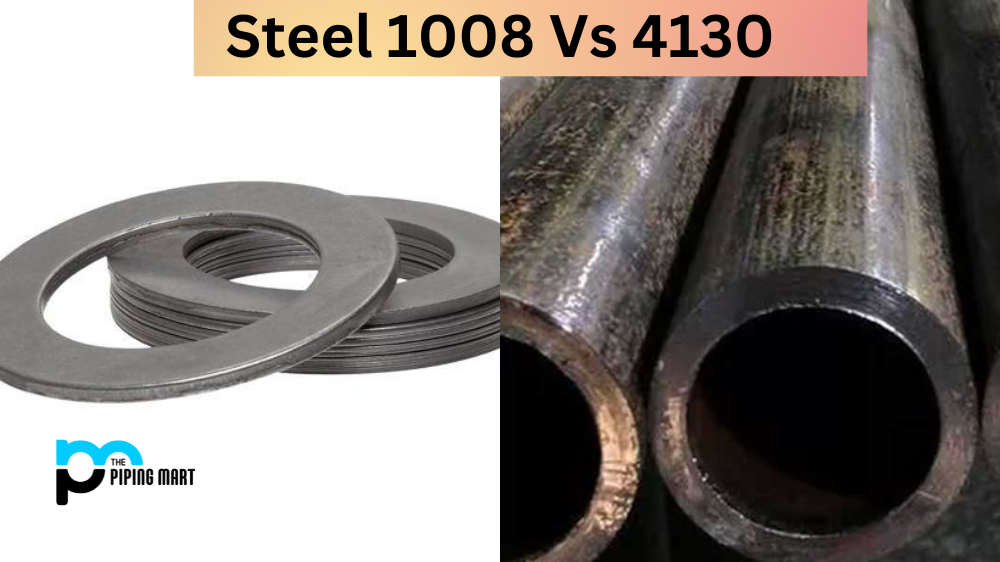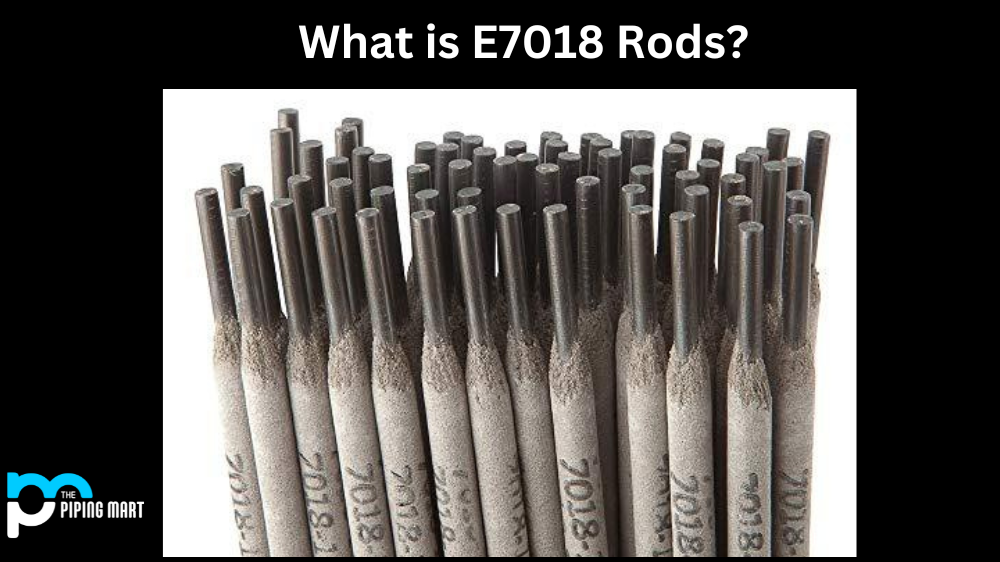Super duplex stainless steel is a type of stainless steel that is stronger and more corrosion-resistant than the standard austenitic and ferritic stainless steel. While it has similar properties to these materials, super duplex stainless steel stands out due to its superior strength and corrosion resistance. In this article, we’ll take a look at the composition, density, machinability, welding characteristics, and properties of super duplex stainless steel.
Composition of Super Duplex Stainless Steel
Super duplex stainless steel is typically composed of 25-27% chromium, 6-8% nickel, 3.5-5.5% molybdenum, 0.2-0.3% nitrogen, and up to 1% manganese or silicon. It also contains trace amounts of carbon, phosphorus, sulfur, and other alloying elements such as niobium, titanium, or copper. This combination makes super duplex stainless steel one of the strongest and most corrosion-resistant types of stainless steel available on the market today.
The density of Super Duplex Stainless Steel
The density of super duplex stainless steel is 8 g/cm3 (7.98 g/cm3). This is slightly higher than the density of standard austenitic (7 g/cm3) and ferritic (7.8 g/cm3) grades but still lower than martensitic grades (8 g/cm3). The slightly higher density means that super duplex stainless steel has excellent thermal conductivity, making it an ideal material for applications where heat transfer needs to be maximized, such as in boilers or heat exchangers.
Machining Super Duplex Stainless Steel
Super duplex stainless steels are known for their excellent machinability, which makes them ideal for parts with complex geometries or tight tolerances. However, these materials can be challenging to work with due to their high strength, making them difficult to cut without excessive wear on cutting tools or risk of breakage or cracking during machining processes such as drilling or tapping threads holes into the material. Special care must be taken when machining these materials to ensure that they remain safe and reliable when finished products are used in engineering applications such as pumps or valves where failure could result in costly damages and disruptions to operations.
Welding Of Super Duplex Stainless Steel
Welding with super duplex stainless steels requires special care due to their high strength and propensity for cracking if handled incorrectly during welding processes such as GTAW (Gas Tungsten Arc Welding) or GMAW (Gas Metal Arc Welding). The main concern when welding these materials is avoiding hydrogen embrittlement which can occur if moisture gets trapped inside the weld joint during welding processes resulting in brittle welds that can easily crack under stress after they have cooled down from welding temperatures. To avoid this issue, it’s important to keep joints free from moisture by employing proper preheating techniques before welding begins as well as using dry inert gases during the welding process to keep hydrogen content low within the weld joint itself which will help reduce the risk of cracking after the weld has cooled down from welding temperature range.
Conclusion:
Super Duplex Stainless Steels are among some of the most versatile alloys available today due to their impressive strength and corrosion resistance properties, excellent machinability characteristics, and good weldability when proper techniques are employed while working with them. They have a wide range of applications ranging from consumer goods like kitchen sinks all the way up to industrial uses like pumps and valves used in the oil & gas industry where failure could result in costly damages & disruptions, making them a popular choice for many engineers seeking a reliable yet cost-effective solution for their projects making them a great choice for a modern-day engineer looking for a reliable yet cost-effective solution when choosing material for their project needs!

A passionate metal industry expert and blogger. With over 5 years of experience in the field, Palak brings a wealth of knowledge and insight to her writing. Whether discussing the latest trends in the metal industry or sharing tips, she is dedicated to helping others succeed in the metal industry.




